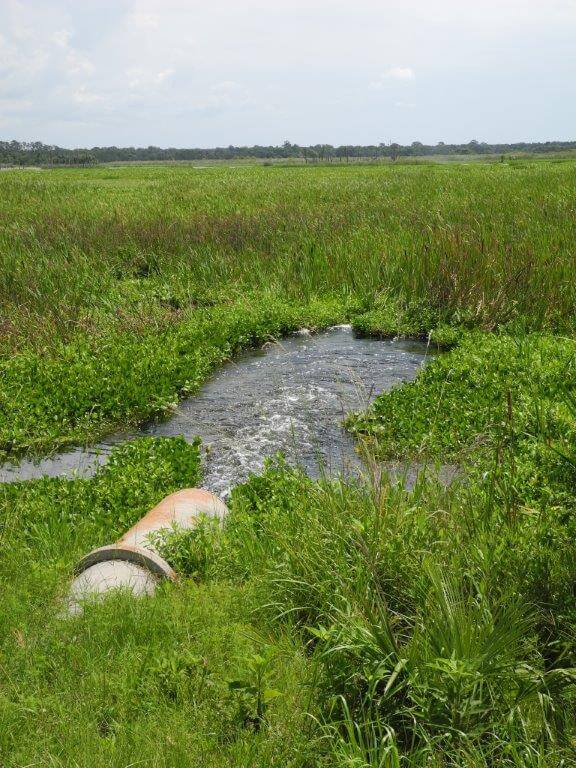Advertisement
Developments in sewerage management are making a positive impact on estate infrastructure and expenses – other than the obvious use of irrigation on golf courses. This tech lightens the load on bulk services provided by municipalities and, in turn, minimises augmentation fees payable by developers to local authorities.
Snowflakes flushed
Flip Joubert is a veteran engineer specialising in multiple infrastructure projects. To demonstrate the worldwide water crisis, he relates how a snowflake forms over the Lesotho mountains, before melting into the clear-water catchment of Katse Dam.
Pumped through tunnels and pipelines, this water finds its way to the Vaal River, whence a large treatment plant pumps it to a reservoir in Pretoria, among many other destinations.
Advertisement
Finally, having travelled all that way, the water is flushed down a toilet in Groenkloof – a terrible waste of so many pristine snowflakes.
Like father, like son

Flip and his son, De Bruyn Joubert, are directors of Blue Crane Treatment Wetlands – a company that pioneered the constructed wetlands model with the assistance of world leaders in the field, most notably Scott Wallace of UK-based ARM Reed Beds.
Established as agricultural engineers in 1947, ARM has since the 1980s specialised in the development and application of natural wastewater treatment systems using constructed wetland technology, groundwater remediation systems, and stream restoration.
Constructed wetland technology for the treatment of wastewater has developed over the past 70 years since research first commenced in Germany. Phragmifiltre is a French design that exemplifies the rapid evolution of reed bed technology, from the initial tertiary application to the full treatment of sewage wastewater.
Using the combination of these technologies, employees of Blue Crane have 22 years’ experience with the design, construction and management of constructed wetlands.
‘Any form of solids needs to be discarded and transported elsewhere, but using Phragmifiltre results in a total breakdown with no by-products,’ explains Joubert Sr.
The dreaded sludge
‘The most common wastewater treatment used by South African local authorities is the activated sludge model – theoretically sound technology used widely throughout the world,’ he says.

But activated sludge plants are expensive to construct and hard to maintain, with high energy consumption as pumps are needed to control continuous water flow at high cost.
‘This system fails regularly, as skills levels are lacking. On the other hand, constructed wetlands imitate nature. Once properly engineered, all work is done by micro-organisms, their work promoted by heightened oxygen levels in the water,’ says Joubert Sr.
Onsite treatment tops
An example of this model in action is found at a residential development in Midrand, where municipal service capacity had reached its ceiling – a situation that threatened to halt any further development of the property.
Treatment of sewage on site became imperative and therefore the constructed wetland model was the sensible way forward, it being able to break down 100m3 of wastewater per day before the treated product is safely released into the nearby Kaalspruit.
‘To put this into perspective in our gung-ho water consuming society: an upper-class house with a family of four typically uses 1–1.5m3 per day,’ explains Joubert Jr.
Double positive
South Africa’s treated effluent in many cases flows straight into rivers or the ocean, with a vastly negative impact on marine life. Solid waste separated at treatment plants invariably needs transportation to land-based dumping grounds.

Comparatively, onsite treatment using constructed wetlands naturally supplies clean water for re-use or safe release into nearby streams with no adverse effect on water sources.
As importantly, its operation takes significant pressure off municipal systems throughout the day and night, not just during off-peak hours as are required by some flushing systems (e.g. water-dedicated variable speed drives – see www.abb.com).
Even if residents in an estate where a constructed wetland is functioning don’t receive a 100% rebate, both connection fees and monthly consumption are charged at a lower rate, which varies depending on your local authority.


